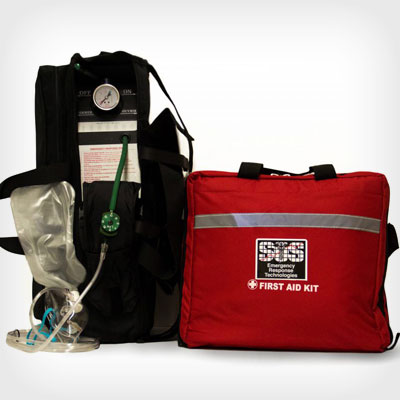
Blog
On October 17 at 10:17 a.m., millions of people worldwide will practice how to “Drop, Cover and Hold On” during Great ShakeOut Earthquake Drills. British Colombians can join by registering for the 2019 Great British Columbia ShakeOut.
- register for the drill
- spread the word
- plan your drill
After you register, send proof of registration to info@sostech.ca and you will be entered to win a 1 person 72 hour emergency kit.
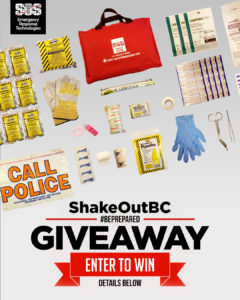
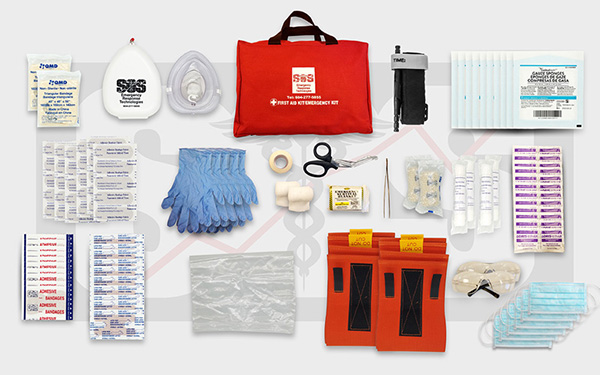
Blog
Province regulations specify minimum requirements that employers must meet and the contents of the first aid kit at work should be guided by the first aid needs assessment completed by your OHS team. Your OHS department knows the workplace better than anybody else and site-specific assessments should be regularly conducted to identify potential hazards that employees are exposed to at the place of work. This hazard assessment will identify the individual needs of the workers in order to choose a first aid kit that not only meets provincial requirements but one that can properly handle the most likely problems to occur. Looking for a more robust or custom first aid kit? Contact us today and one of our knowledgeable team members will work with you from beginning to end to make sure you have everything you need. Keep your first aid well-stocked with extra supplies at all times: You never know when a disaster or crisis will hit.
Items I like to make sure to add to my first aid kit:
- Large gauze pads are easier to cut down to size than trying to make smaller pads fit over a large wound. If you can only choose one size pad, go for the larger size such as a 4″ x 4.”
- Non-stick dressings would be a good idea, otherwise the bandage will have a tendency to stick to the wound and this makes dressing changes difficult.
- Waterproof dressings can come in handy, as they can be used over clean skin and are flexible enough for camping and hiking activities
- Emergency blanket – besides being used as a blanket, it can be used for shelter and the fluorescent orange/shiny silver can help attract attention.
Always go for branded items and make sure you check the expiration date of all available first-aid items with you. The most useful items in a first aid kit are gauze, gauze pads, ice packs, steri-strips, butterfly bandages, ace bandages, slings, splints, and glucose for diabetic situations.
Click here to see our line of First Aid Kits
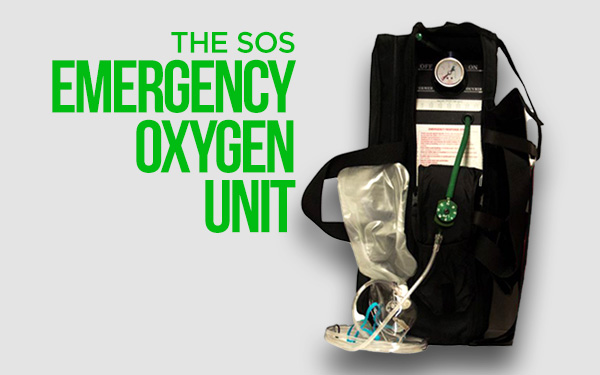
Uncategorised, Blog
While emergency oxygen may not mandatory in the workplace; when EMS first responders arrive at a major event the first thing they do is give oxygen. Having emergency oxygen on hand prepares you to turn an life altering emergency event into a lifesaving situation.
In the case of a heart attack and/or stroke the heart muscle does not receive blood and therefore, is not receiving any oxygen. If efforts are made early in the course of a heart attack to increase the amount of oxygen reaching the heart, then the patient’s chances of surviving increase. By supplying the patient with supplemental oxygen we can increase their chance of survival and quick recovery.
FACT: During an emergency, lay rescuers need a simple straightforward design in order to minimize the time necessary to start life-saving oxygen therapy. As the regulator is the main user interface it is important that is be as user friendly as possible.
FACT: SOS Emergency Response Technologies has the ONLY portable emergency oxygen unit with a two stage regulator. It’s like having two oxygen regulators in one unit:
- Dependable
- Safe
- Accurate
- Superb performance
- Reliable
A primary factor to consider before implementing an oxygen program in the workplace is the cost of the equipment, training and service versus the cost of the human factor. Other factors to consider include the possibility of decreased sick time post injury/illness and enhanced employee to employee relations due to health and safety improvement.
Bottom line – emergency oxygen should be available in any safety conscious workplace – a life may depend on it.
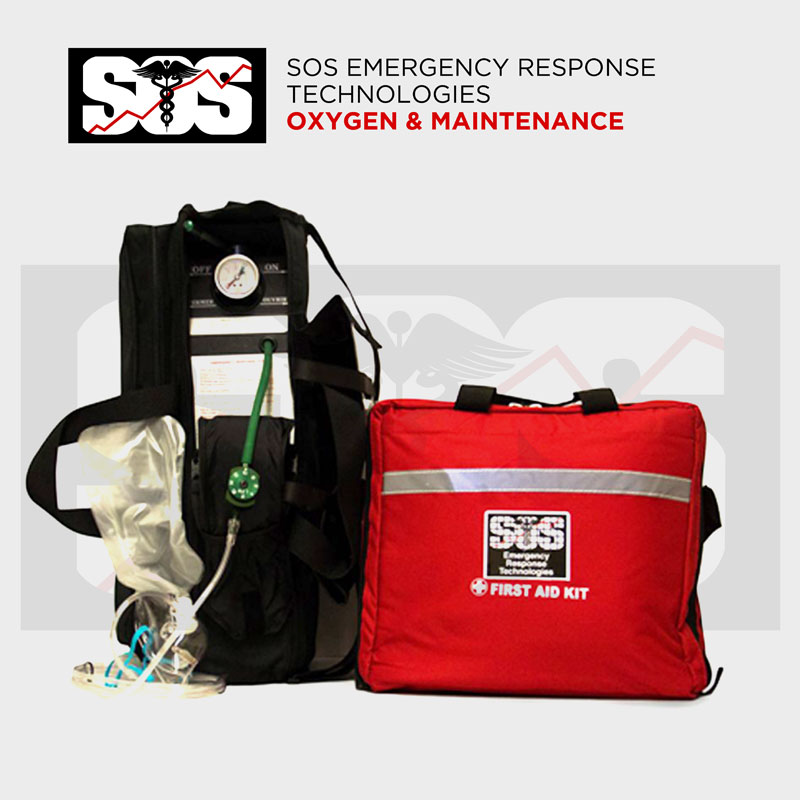
Blog
7 days ago a 7.0 earthquake struck near Anchorage, Alaska and rattled residents. We’ve all seen the images and watched the videos. Roads were destroyed, vehicles were stranded and people scrambled for cover. There were scenes of chaos, images of terrified students taking cover in class and the sounds of sirens wailing. It amazed me how many people pulled out cell phones to record and did not DROP, COVER & HOLD. Despite all this there were no serious injuries and no deaths. People described the event as the most violent earthquake felt and thousands were without power for hours.
Here in BC, we live in an active earthquake zone yet I find most people I speak to are complacent about being prepared. Having an emergency plan, practicing that plan and investing in a 72hr emergency kit makes sense. Your emergency kit can be used for any event – earthquake, flood, fire or power outage. SOS can supply you with safety and survival kits for any of these emergencies. Our kits are available for 1 person, 4 person or a larger offices, school or business. We keep some of our kits small so they can be kept in your car and are easily mobile.
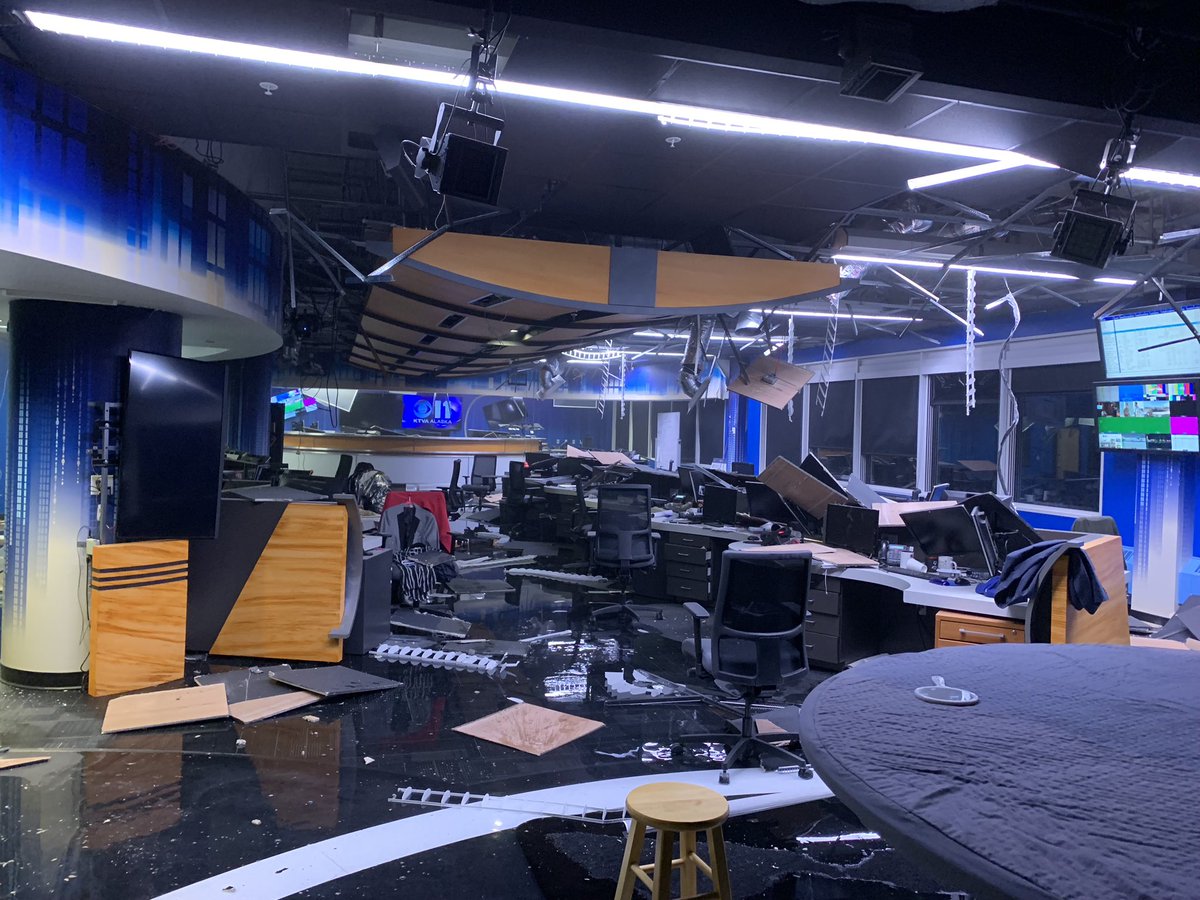
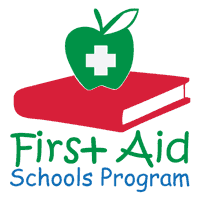
Blog, School
You can’t be everywhere as a teacher or school administrator but you know you can always do more to put the elements in place for more complete school safety. Yes, you figure it takes a special combination of supplies and training. The question is: How do you even begin to know what kind of supplies you might need? Where would those supplies be located and how many of these items is sufficient? What kind of emergency response training does your staff need? Let’s take a quick look at the essentials and then we’ll provide you with an easy way to ensure you’ve checked all the boxes on many of the major safety items and know-how your staff should have in place every day the bell rings.
The First Aid List
WHAT:
Ice packs, gauze pads, adhesive tape, burn aid dressing, disposable nitrile gloves, tweezers, thermometer, bandage scissors, antiseptic wipes, antibiotic ointment, hand sanitizer, bandages, and emergency eyewash.
WHERE:
Don’t make the mistake of putting your first aid items in one location alone, like the school office. Injuries can happen anywhere, after all. So in addition to common areas think about the classrooms that carry a higher degree of risk, such an industrial arts room, science lab or home economics class.
The “No Seconds To Lose” Emergency List
WHAT:
Fire extinguishers, bleeding control kits and Automated External Defibrillators (AEDs).
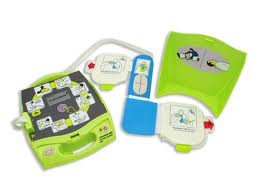
ZOLL AED
WHERE:
When the hazard is far more serious and carries a life-threatening risk where there’s no time to spare, this is one category of product that you can’t be thin on. Obviously most school facilities will carry a fire extinguisher or two, but the locations may be few and far between. The same is also very true for AEDs – if there is an event of Sudden Cardiac Arrest and the victim has no more than 10 minutes to be resuscitated, having just one AED at the exact opposite end of the school could be a terrible miscalculation. Finally, a bleeding control kit=; complete with tourniquets, gauze and compression bandages is a critical component in responding to traumatic bleeding situations.
The Know-How List
WHAT:
Training on CPR, First Aid and AED operation.
WHERE:
All teachers and school administrators should be trained on the latest methods for how to perform CPR and operate an AED as well as administer first aid. In a way, your people are their own mobile first aid stations everywhere they go throughout the school campus, which means it’s not enough to have a full array of safety-oriented products. Knowing when, where and how to use all of them is key. When combined with the knowledge of how to operate those products and perform key safety procedures, your staff can go a long way toward minimizing degrees of injury or even save a life.
How to Begin
With The SOS School Safety Sweep.
You’ve got plenty on your plate as it is. So how do you handle everything else that’s important for keeping your school running smoothly while bringing in the right supplies and tools for school safety? Don’t worry. SOS Emergency Response Technologies has thought of that with a program designed just for you.
The SOS School Safety Sweep is a thorough yet highly efficient evaluation by one of our safety consultants at your school facility. So you don’t have to struggle to think about where you’re going to place that first aid cabinet or how many AEDs you need or who is and isn’t trained in CPR. After our walk-through of your facility and school campus, we’ll take care of the recommendations for you. And when it comes to all the essential safety training, we can bring your staff up to speed with interactive sessions that they can easily fit into their schedule.
Make better school safety a top priority this year and schedule an SOS School Safety Sweep today. Call SOS at 604-277-5855


